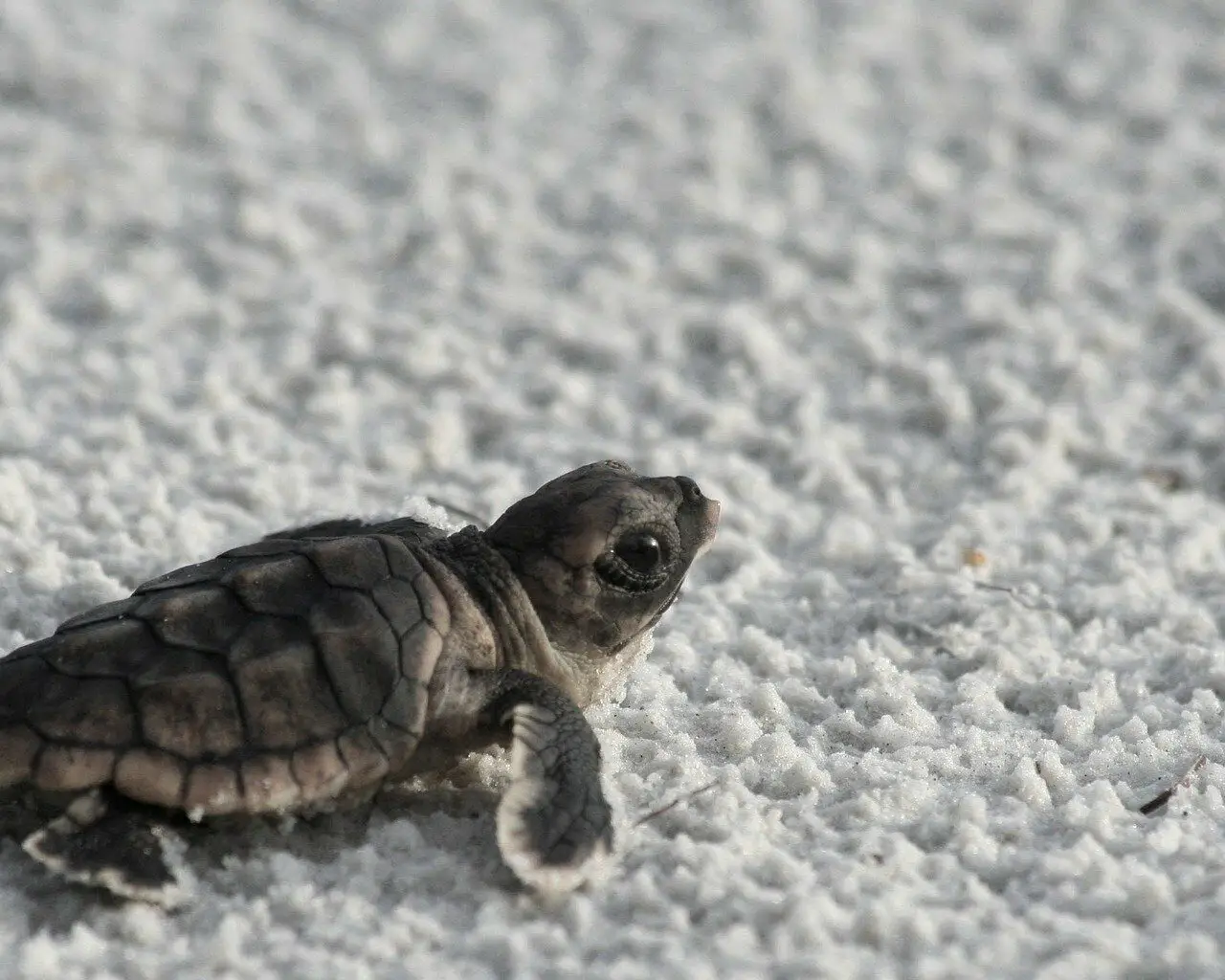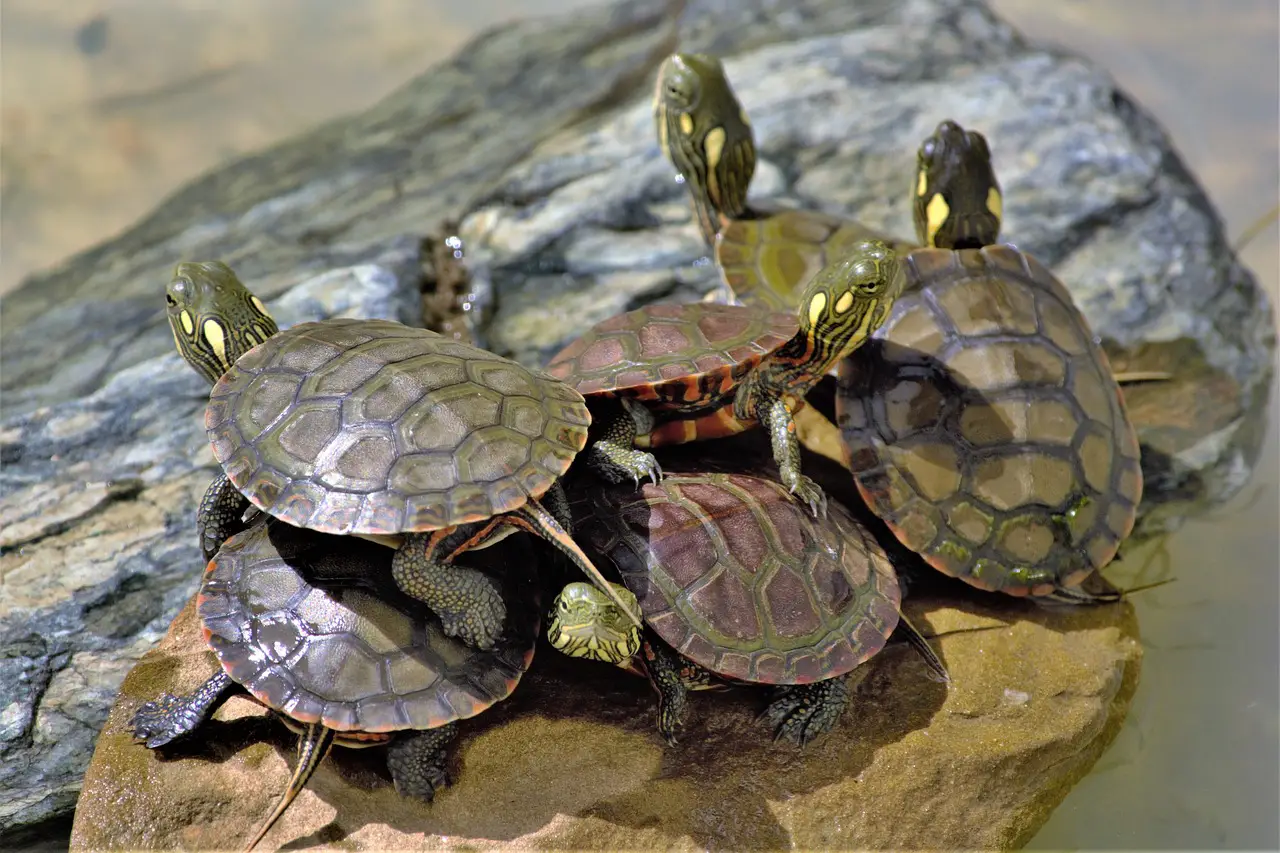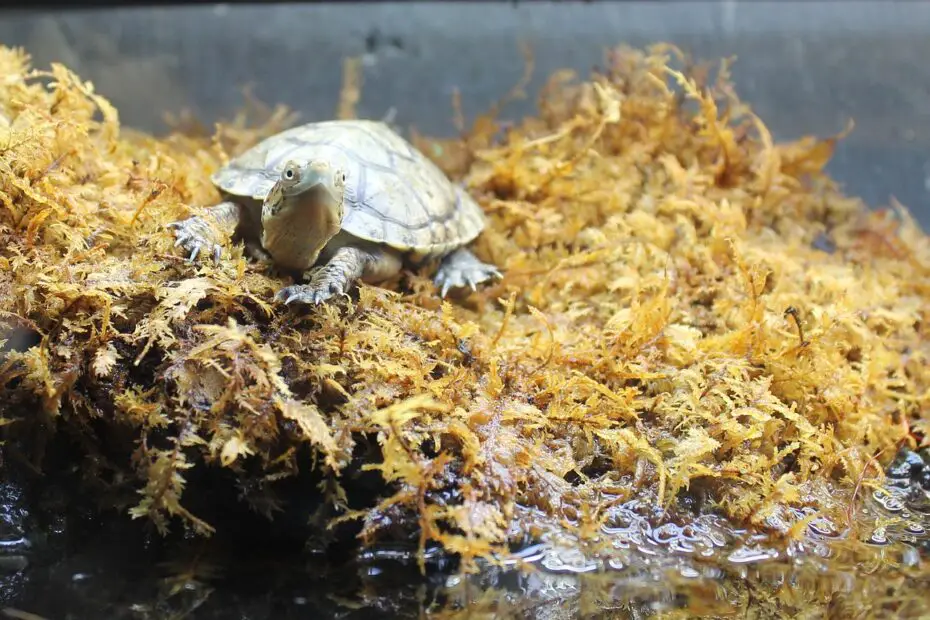The birth of baby turtles is one of nature’s most enchanting events. These tiny creatures embark on a perilous journey from the moment they hatch, showcasing resilience, instinct, and the sheer will to survive. This blog post delves into the fascinating world of baby turtles, shedding light on their life cycle, challenges, and the efforts to conserve them. Let’s embark on this insightful journey to understand more about these remarkable creatures.
You may also want to read about baby monkeys.
The Life Cycle of Baby Turtles
Hatching: A Fight for Survival
Baby turtles, also known as hatchlings, begin their life in a fight for survival. Nested in the warm sands of beaches across the globe, turtle eggs must incubate for about 50-60 days before the hatchlings break free from their shells. This momentous event usually occurs at night, where the cooler temperatures offer some protection from predators.

The Journey to the Ocean
Once hatched, baby turtles face the first and perhaps most daunting challenge of their lives: the journey to the ocean. Guided by the natural light horizon and the white crests of the waves, hatchlings make their way to the sea, an instinctive trek fraught with predators. Birds, crabs, and even humans pose significant threats to these tiny travelers.
Early Life at Sea: The Lost Years
Upon reaching the ocean, baby turtles enter a phase of their life often referred to as “the lost years.” During this time, which can span several years, little is known about their whereabouts. It’s believed they spend most of this time in seaweed mats, feeding on small organisms. This period is crucial for their growth and development away from the predatory dangers of the shoreline.
Challenges Facing Baby Turtles
Natural Predators
From the moment they hatch, baby turtles are vulnerable to a variety of natural predators. On land, birds, raccoons, and crabs view them as easy prey. In the water, fish and even other sea turtles pose a threat to their survival.
Human Impact
Human activities have significantly increased the challenges baby turtles face. Coastal development destroys nesting beaches, while light pollution disorients hatchlings, leading them away from the ocean. Plastic pollution poses a deadly risk, with many young turtles mistaking plastic debris for food, leading to fatal consequences.
Climate Change
Climate change is altering the very fabric of turtle survival. Rising sea levels threaten nesting beaches, while increasing temperatures can skew the sex ratio of hatchlings. Turtles depend on the temperature of the sand for sex determination, with warmer sands producing more females and cooler sands more males. This imbalance poses a long-term threat to turtle populations.

Conservation Efforts
Protecting Nesting Beaches
Conservation groups and volunteers around the world work tirelessly to protect nesting beaches. Efforts include patrolling beaches during nesting season, relocating nests at risk of flooding or predation, and educating the public about the importance of dark beaches for turtle orientation.
Rehabilitation and Rescue Centers
Rehabilitation centers play a crucial role in the survival of injured or sick baby turtles. These centers provide medical care, a safe environment for recovery, and, ultimately, a second chance at life in the wild.
Reducing Human Impact
Reducing human impact involves global, community, and individual efforts. Initiatives like reducing plastic use, supporting turtle-friendly fishing practices, and participating in beach cleanups can significantly contribute to the survival of baby turtles.
Conclusion
The journey of baby turtles from hatchling to adulthood is fraught with challenges. Yet, their continued survival speaks to the resilience of nature and the importance of conservation efforts. By understanding the hurdles these creatures face and taking action to mitigate human impact, we can ensure that baby turtles continue to grace our oceans for generations to come.
Protecting these creatures is not just an act of conservation; it’s a testament to our commitment to preserving the natural world’s wonders. Let’s all do our part in safeguarding the future of baby turtles, ensuring that their journey from the nest to the sea is met with fewer obstacles and a brighter future.
